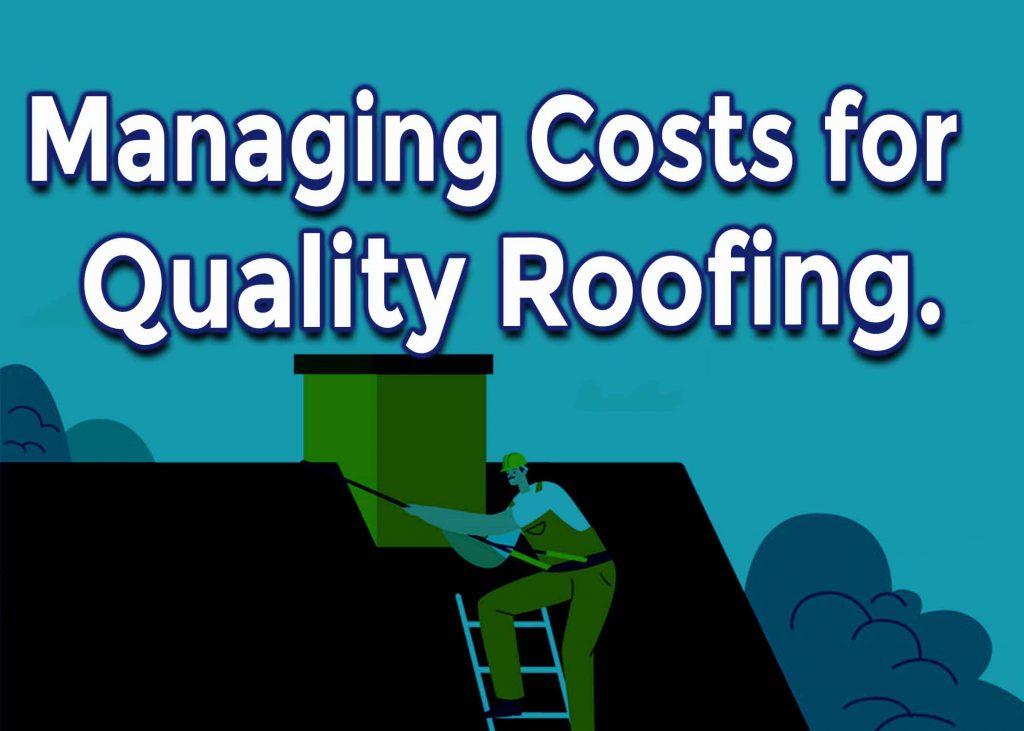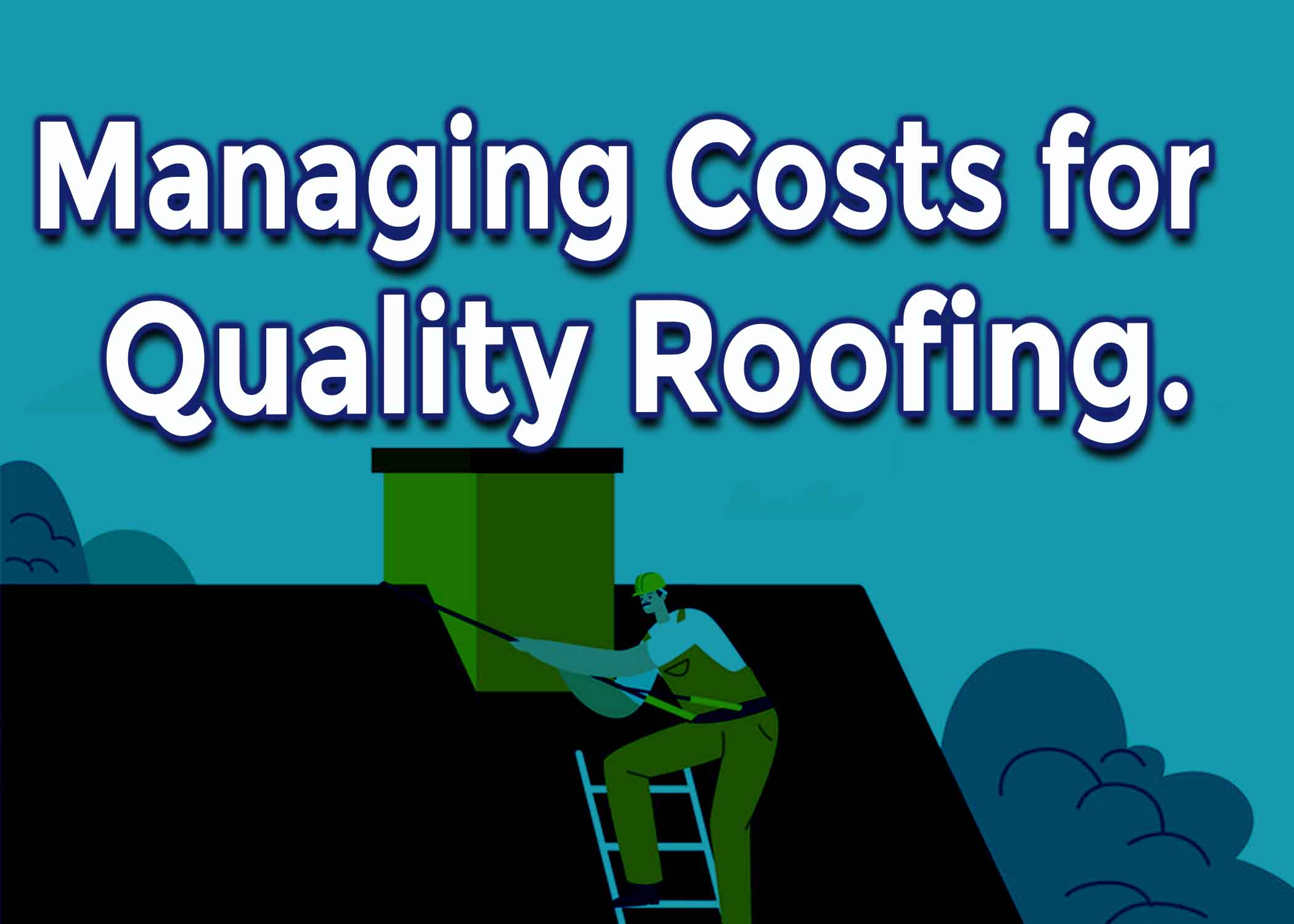Roof installation and different sorts of roofing projects are costly. Before you go into roofing projects, you need to understand what it entails. This will assist with managing costs and also maintain great roofing. Here are a portion of what to consider on how to manage costs for quality roofing.
1. Get your work done
Having a proper understanding of the size and complexity of our roof, plus all that are needed to complete the installation is great prior talking to roofing contractors. These details help keep estimates steady and encourage competitive pricing. Notwithstanding, if you experience the expression “roofing square” while researching materials or getting estimates, realize that one “square” equals 100 square feet of roofing material. And in case you’re talking with a roofing contractor, installation and disposal expenses probably should be a part of the estimate.?

2. Shop Around
Get quotes from several roofers and always solicitation and check local references before hiring somebody. Be careful of amazingly low bids, which could mean substandard work, and make sure they offer a warranty on materials and installation. Check with your local building department or state customer protection agency to affirm the roofers are appropriately licensed and safeguarded.
3. Time it right
Roofers are busiest in late summer and fall. Planning your roof replacement in late winter or spring may yield lower prices or off-season discounts.
4. Utilize your insurance
Homeowners insurance usually covers roof damage that’s not caused by disregard. Possible, if a storm damages few shingles on your roof, your insurer may pay all or part of the replacement cost.
5. Do a portion of the work yourself
Consider doing part of the work yourself. If you have the time, the right equipment, and not scared of heights, eliminating old roofing before the installer arrives could help cut costs. It’s messy, backbreaking, and some of the time dangerous work, and you may have to arrange the disposal of the old materials all alone.?
6. Think about an overlay, however carefully?
An overlay includes installing new shingles on top of the current ones. Because the old roofing stays put, overlays require less labor hours and cost not as much as replacement.
Approach overlays with caution, however, as they may void or shorten the manufacturer’s warranty on roofing materials. And overlays typically increase future replacement costs since various layers should be taken out the following time around.
Signs You Need to Replace Your Roof
Dunking into your savings for another roof hardly sounds appealing, however at times you may not have a choice. Here are the following signs that indicate a roof will require replacement soon:
- Curling shingle edges
- Visible loss of roofing granules
- Brittle or cracked shingles
- Missing shingles or visible mat
- Water leaking into attic or house
Indeed, even without water dribbling from the roof, waiting for “one more year” can cause problems that could cost more over the long haul than replacement.
Conclusion
Understanding how to manage costs for quality roofing is essential. Also, it is recommended that you keep a solid relationship with roofer, and always keep them in the loop. Get them updated when you discover a new deal. This will enable them refine your ideas, and get your project done on the safest estimate.

As the editor of the blog, She curate insightful content that sparks curiosity and fosters learning. With a passion for storytelling and a keen eye for detail, she strive to bring diverse perspectives and engaging narratives to readers, ensuring every piece informs, inspires, and enriches.










